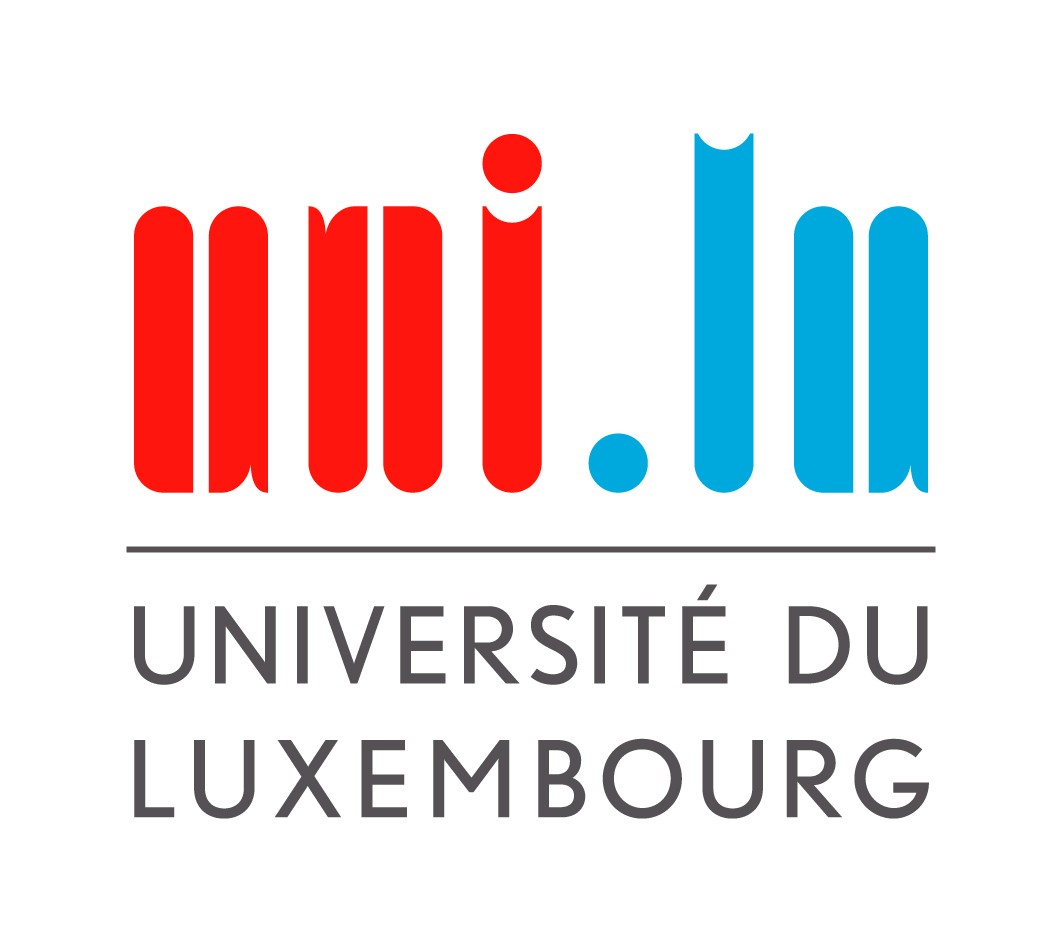This paper examines the relative well-being of Portuguese immigrants in Luxembourg by looking at non-monetary, or ‘direct indicators’ of material deprivation. The paper not only documents deprivation differentials between immigrants and natives, but also models the association between material deprivation indicators, income and population characteristics in order to shed light on the sources of differentials. In particular, we measure how much income differentials explain differences in material deprivation.
We find that answer to this question depend a lot on what deprivation indicators are taken into consideration (and a little on how aggregate material deprivation indicators are constructed). Income differences explain material deprivation differences entirely when the latter is measured according the European Commission’s headline indicator on material deprivation. Inclusion of housing condition indicators mitigates this relationship and we then find compelling evidence that material deprivation is not entirely accounted for by income differentials.
Measuring and accounting for the deprivation gap of Portuguese immigrants in Luxembourg
Suggested Citation
Hildebrand, V. A., Alperin, M. N. P. & Van Kerm, P. (2012). Measuring and accounting for the deprivation gap of Portuguese immigrants in Luxembourg (Working Papers du CEPS/INSTEAD Nr. 33). Esch/Alzette. Centre d’études de populations, de pauvreté et de politiques socio-économiques (CEPS/INSTEAD); York University.

